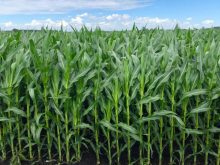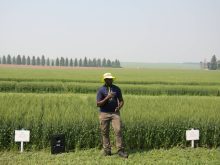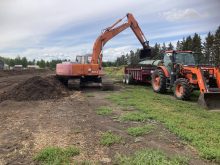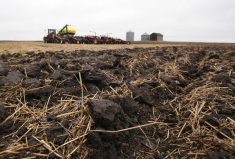The goals to reduce fertilizer-based emissions by 30 per cent by the end of this decade, and achieve net zero by 2050, have been set.
The target has raised a number of challenges and opportunities for researchers working to support these efforts, including how to calculate an accurate footprint, and what incentives are necessary to get growers on board.
Two experts who know first- hand the complexity of this issue are Joy Agnew, vice-president of research at Olds College, and Joshua Bourassa, research associate with the Simpson Centre for Agricultural and Food Policy. They spoke at the Olds College AgSmart event recently to share the latest findings and discuss ongoing work.
Read Also
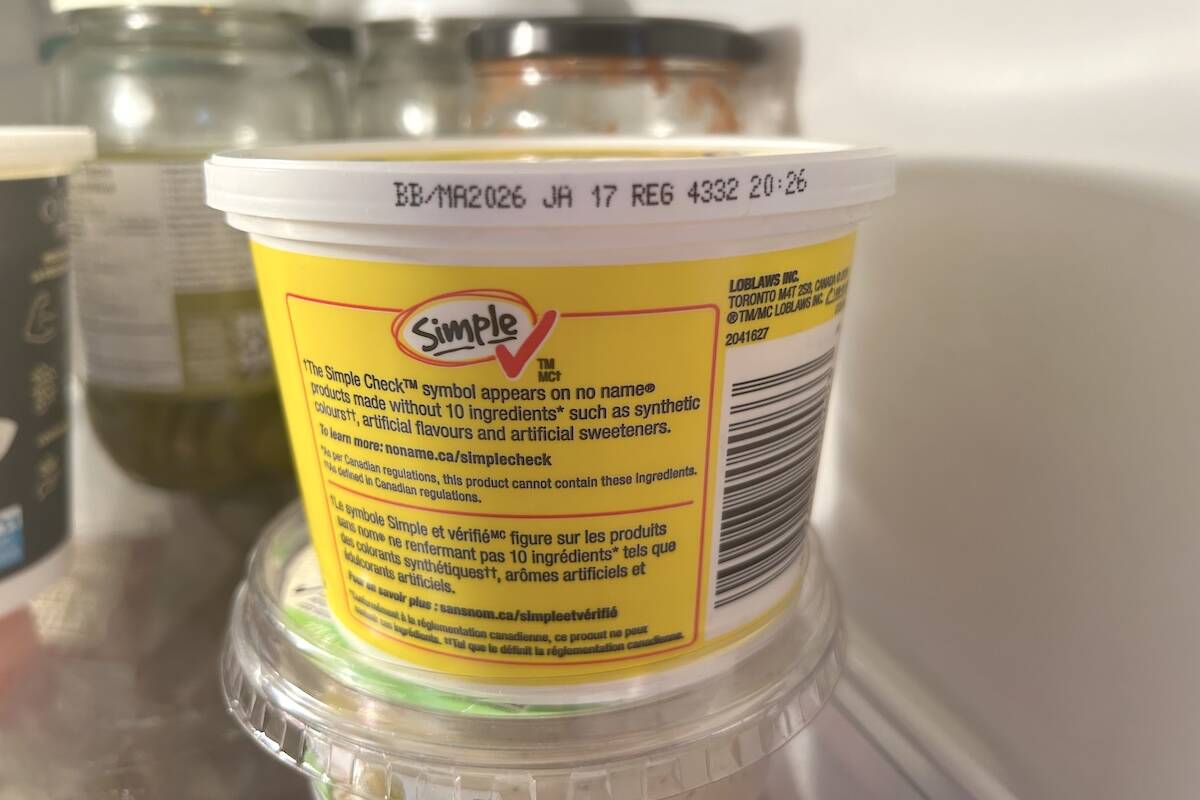
Best before doesn’t mean bad after
Best before dates are not expiry dates, and the confusion often leads to plenty of food waste.
Apples to oranges
To reach net zero, the Canadian ag sector must be able to show that any emissions (such as methane from livestock, emissions from equipment use, manure handling or farming practices) are equally offset by sequestration or carbon sinks.
Sinks include conservation tillage, crop rotations and alternative grazing, among others. The biggest issue facing those trying to quantify a carbon footprint for agriculture is that there are no reliable ways to measure and compare emissions and carbon sinks. Nor are the measurements standard throughout.
“There is no mechanism to evaluate the value of keeping land in grazing and not losing carbon to tilling for crop production,” said Karin Schmid, beef production and extension specialist with Alberta Beef Producers, another panelist at the show.
Compounding this issue is the way these elements are measured. While emissions are measured as carbon dioxide, sequestration is measured as units of carbon. Equivalency calculations are used to make it easier to compare.
The net carbon footprint of Canadian agriculture is calculated as approximately 12 to 72 tonnes of carbon dioxide annually, which accounts for 1.6 to 9.6 per cent of Canada’s emissions. This is a fraction of one per cent of global emissions. The 2030 target is looking to reduce Canadian agriculture’s total annual emissions from 740 mega-tonnes of carbon dioxide to 400 by 2030.
Canadian farmers lead
Canada leads the pack in nutrient-use efficiency for crop production; 72 per cent efficient compared with 61 per cent in the European Union. The 4R Nutrient Stewardship Strategy is one reason. Growers use 4R (right source, right rate, right placement, and right time) to make decisions that raise the efficiency of the fertilizer being applied. Canadian growers have also begun to adopt practices that reduce emissions and also provide carbon sinks.
“There are a huge number of practices to both reduce emissions and increase carbon sequestration, and they also provide cost savings and reduced environmental impacts. It’s a win-win,” says Agnew.
Many practices improve efficiencies and the bottom line for growers. Using high efficiency fertilizers and variable rate applications improves crop nutrient use and reduces leaching and waste.
Where to from here?
While Canadian growers have the tools they need to accomplish GHG reductions, said panellists, adoption rates are still low. While approximately 70 per cent of crop production land is using some part of the 4R strategy, there are still gaps right source (6-14 per cent) and right placement (variable rate 15-40 per cent).
The On-Farm Climate Action Fund has $200 million committed to support farmers who wish to adopt best management practices that store carbon and reduce GHG emissions, specifically nitrogen management, cover cropping and rotational grazing practices.
There are also a number of other carbon programs available through organizations including FCL, Richardson Pioneer, Cargill, Nutrien and Farmers’ Edge.
The big question is, will these incentives be enough to ramp up use of these practices in time to meet the target for 2030.
That is a question examined by the Simpson Centre for Agricultural and Food Policy at the University of Calgary. The last major shift in practice was conservation tillage and the general consensus is that it took 30 years to become widely adopted.
The Simpson Centre study involves growers in Western Canada and the northern great plains. While some practices may not result in significant yield increases, the reduction in nutrient loss will be a cost savings.
“We aren’t sure yet if incentives and offsets alone will accomplish this goal. There are no major structural changes – new equipment, for example – needed to adopt these practices. Price is the biggest barrier,” says Bourassa.
If everything else lines up and the consumers are willing to pay for the efforts made by the industry, another hurdle still remains.
“Quantifying emissions reductions and soil carbon sequestration required for carbon markets is challenging. What’s the baseline and how do we know if we as a sector meet the target?”, says Agnew.




